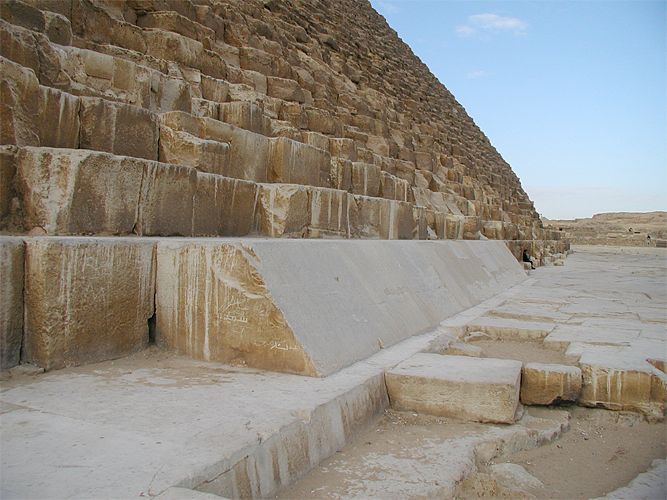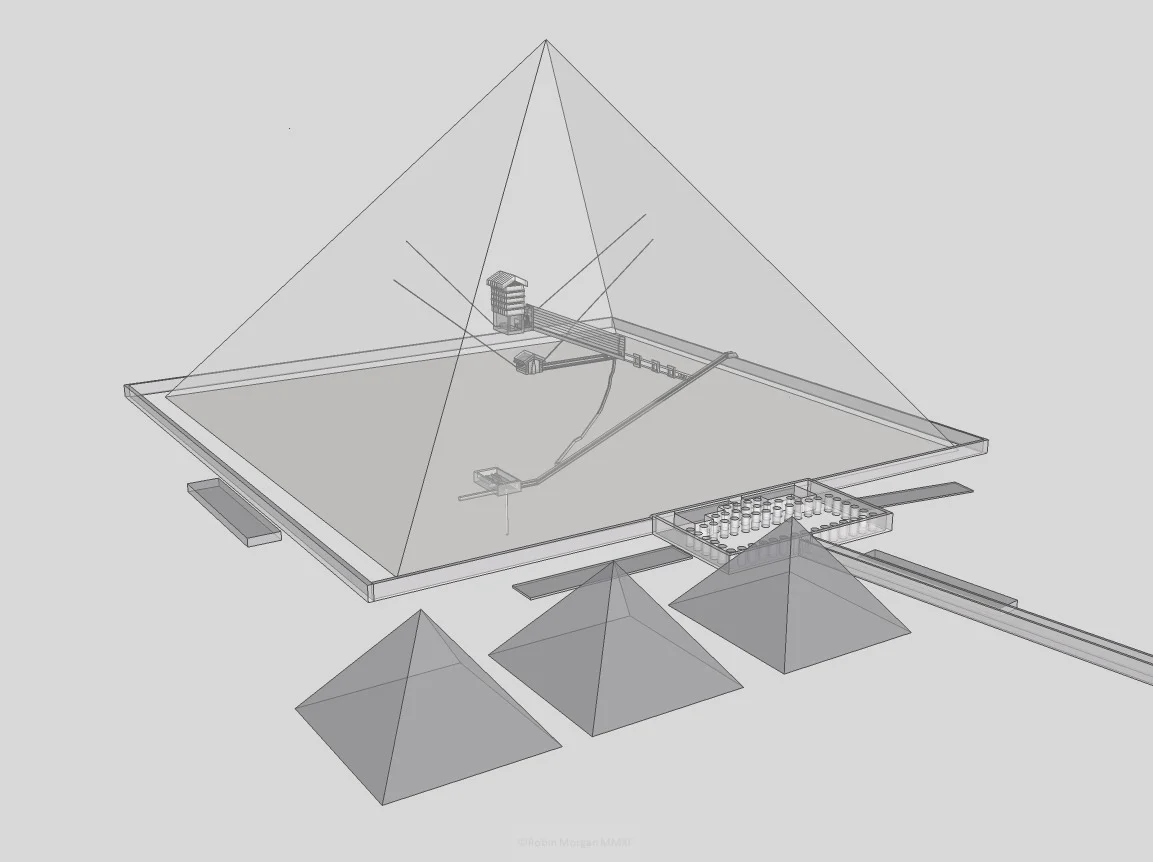
Although the majority of “alternative historians” reject extraterrestrial conspiracy theories, archaeologists claim that they are nonetheless propagating false information. Jimmy Corsetti posted a video on his channel Bright Insight and deeply focused on the sharp edges and cuts that couldn’t fit a razor blade, let alone a human hair.
Mystery Behind Stone Blocks

Specifically, the razor-sharp edges of the many granite stones placed atop one another created the Valley Temple in front of the Sphinx in Egypt. These large blocks of puzzles were created to survive the Millenia and even strong earthquakes. These carefully crafted blocks, which weigh 30 to 50 tons on average, are said to have traveled 500 kilometers in a boat down the Nile River. However, the mystery lies in the fact that the largest boat found in the ancient Egypt civilization couldn’t seem to hold even a small portion of these massive blocks.
The Designs on the Pyramids

Even the stone walls of the pyramid that Jimmy Corsetti explored, known as the ‘Bent’ Pyramid, show the precision cuts in a manner that can’t be comprehended unless some hidden technology was brought into sight. He claimed that the only types of tools discovered, like the bronze chisels and copper saws, were not capable enough to make precision cuts on these 50-ton massive blocks. These couldn’t explain how the stone blocks were cut and carved with just these tools, which proved to show extremely slow and poor results. However, the Pyramid of Giza, created from millions of stone blocks over a period of 20 years, couldn’t accept the usage of these primitive tools. Corsetti concludes by saying that the ancient Egyptians perhaps had access to a technology that archaeologists haven’t discovered yet or still refuse to acknowledge its existence.
The ancient civilizations are a great mystery even today, many historians have started associating aliens with them. So, the mystery behind the stone blocks that make up the pyramids are widely discussed even today.